Black Vulture
Vultures are hawk-like in appearance and with their long, broad wings soar high overhead searching for food, which is typically carrion. The description given by Howell and Webb (1995) of the vulture family portrays them accurately: "Heads and upper necks are naked and often brightly colored, with warty protuberances. Bills hooked for tearing into flesh but feet relatively weak". The Black Vulture is no different for it has a naked gray, wrinkled head and neck, and whitish legs; and they look as ghoulish as they sound. The Black Vulture similar to other vultures are not known for their nest building, instead, they lay their eggs on bare surfaces such as the ground, cliffs, caves and even ruined buildings. Here in Tenacatita the Black Vulture can be seen flying over the mangrove swamps or the shoreline and sometimes groups of them can be seen roosting in nearby palm trees; but the best place to see the Black Vulture is our local garbage dumps. Whenever I go to the dump I see dozens of Black Vultures, sitting in trees, all hunched over, eyeing me suspiciously; and large groups of them on the ground hopping around and going through garbage bags. True to their nature, The Black Vulture does not have a nice sounding bird call, rather I hear them make this awful grunting sound. When I arrive with my garbage load they eye me warily, but seem eager to get to the new garbage I bring them, which they attack as soon as I start to drive away. Interestingly, based on recent research vultures are more closely related to storks than to raptors. Remember the story mom used to tell us, and the cartoons of the stork delivering us as new babies? Well, the rest of the story is that the stork's cousin, the vulture, would love to eat us when we're dead!










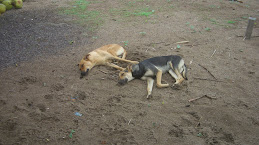



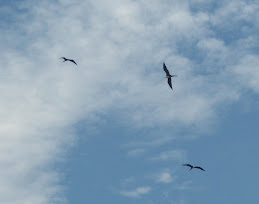


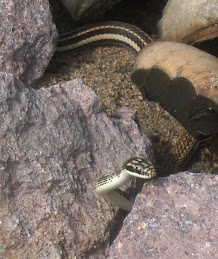
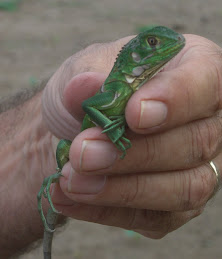
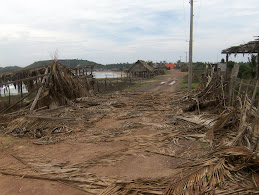
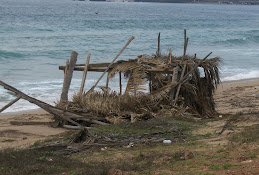

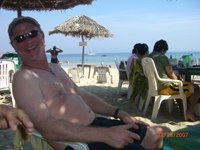

No comments:
Post a Comment